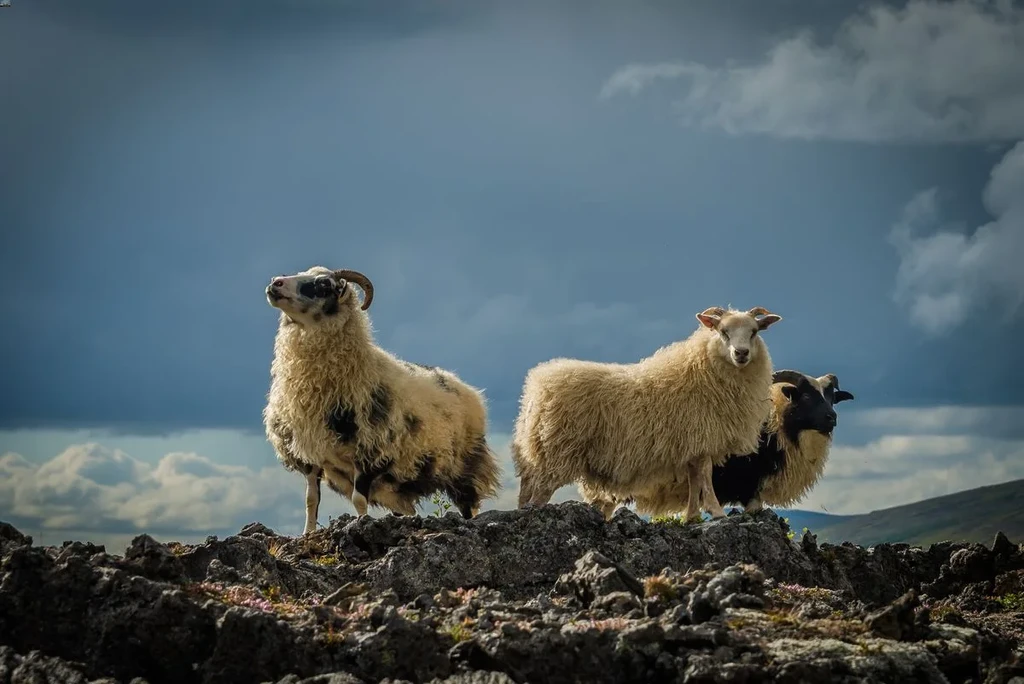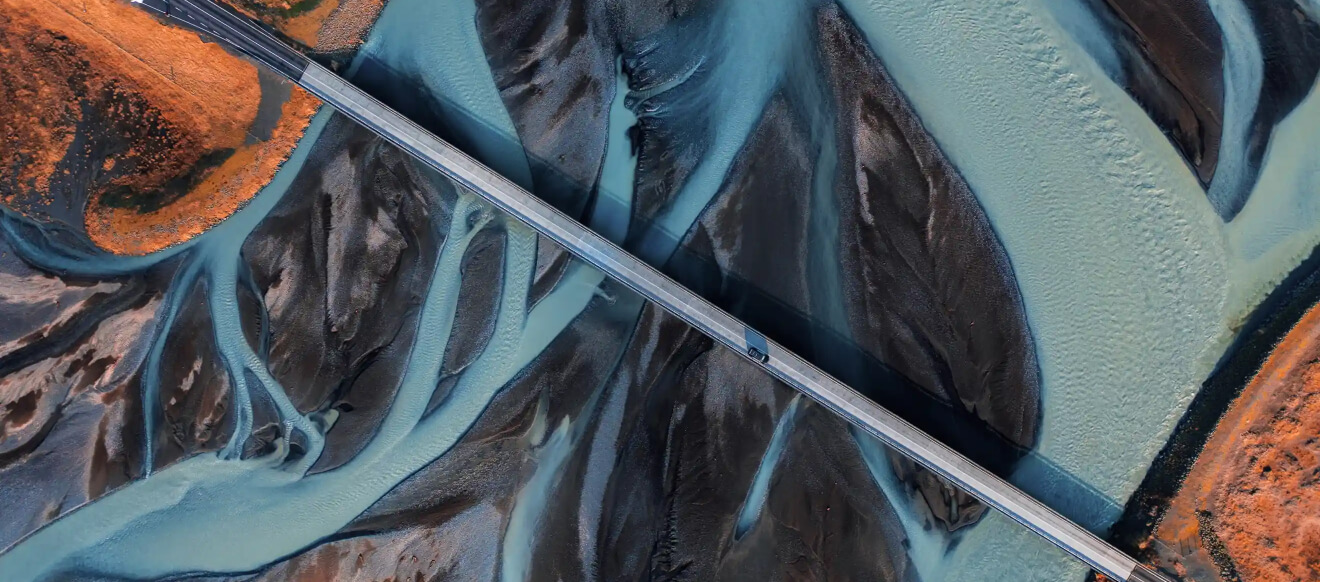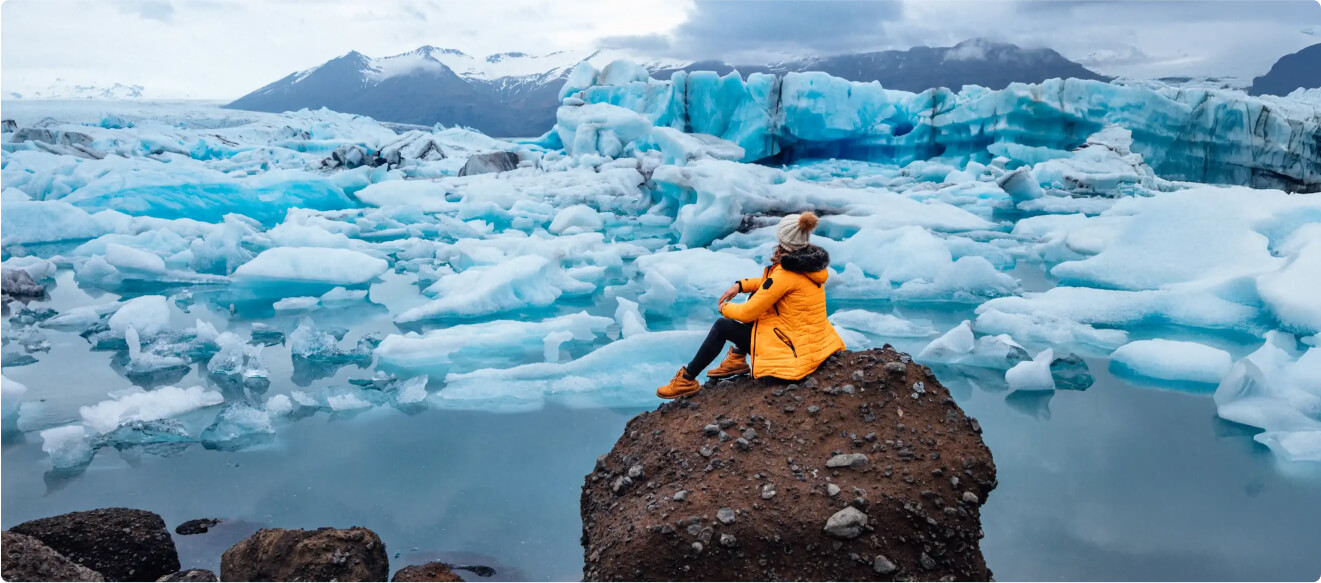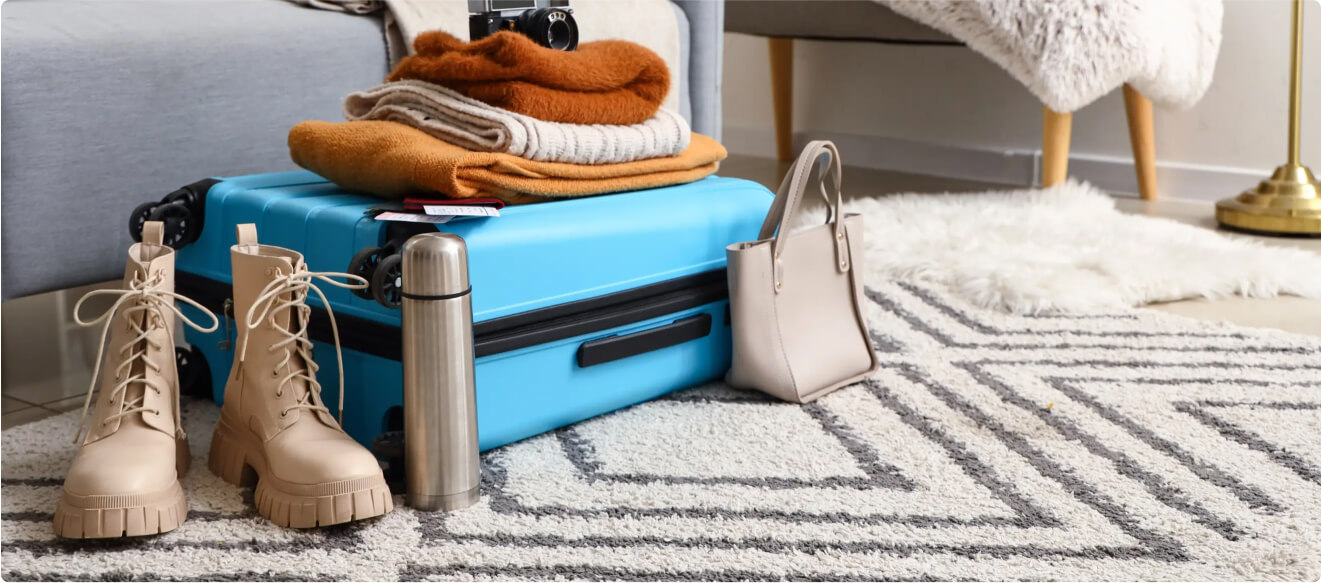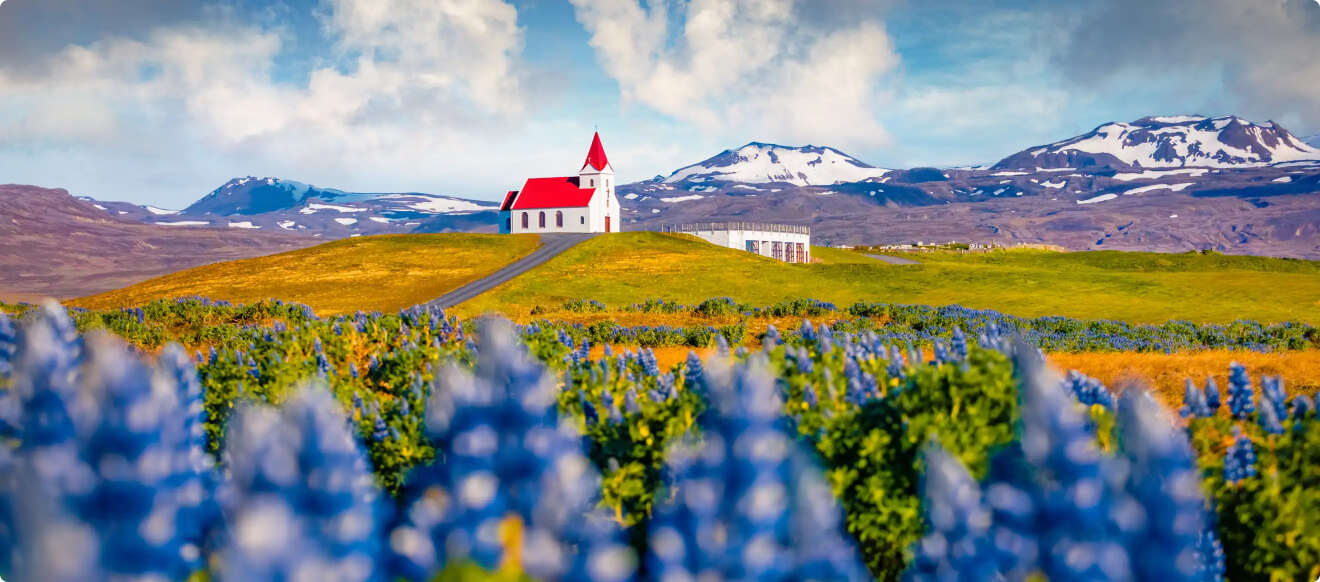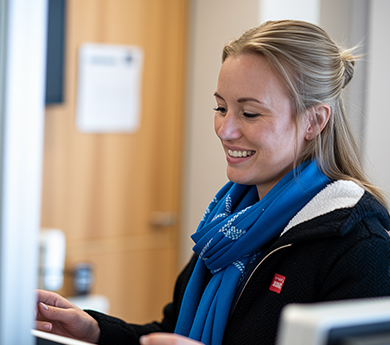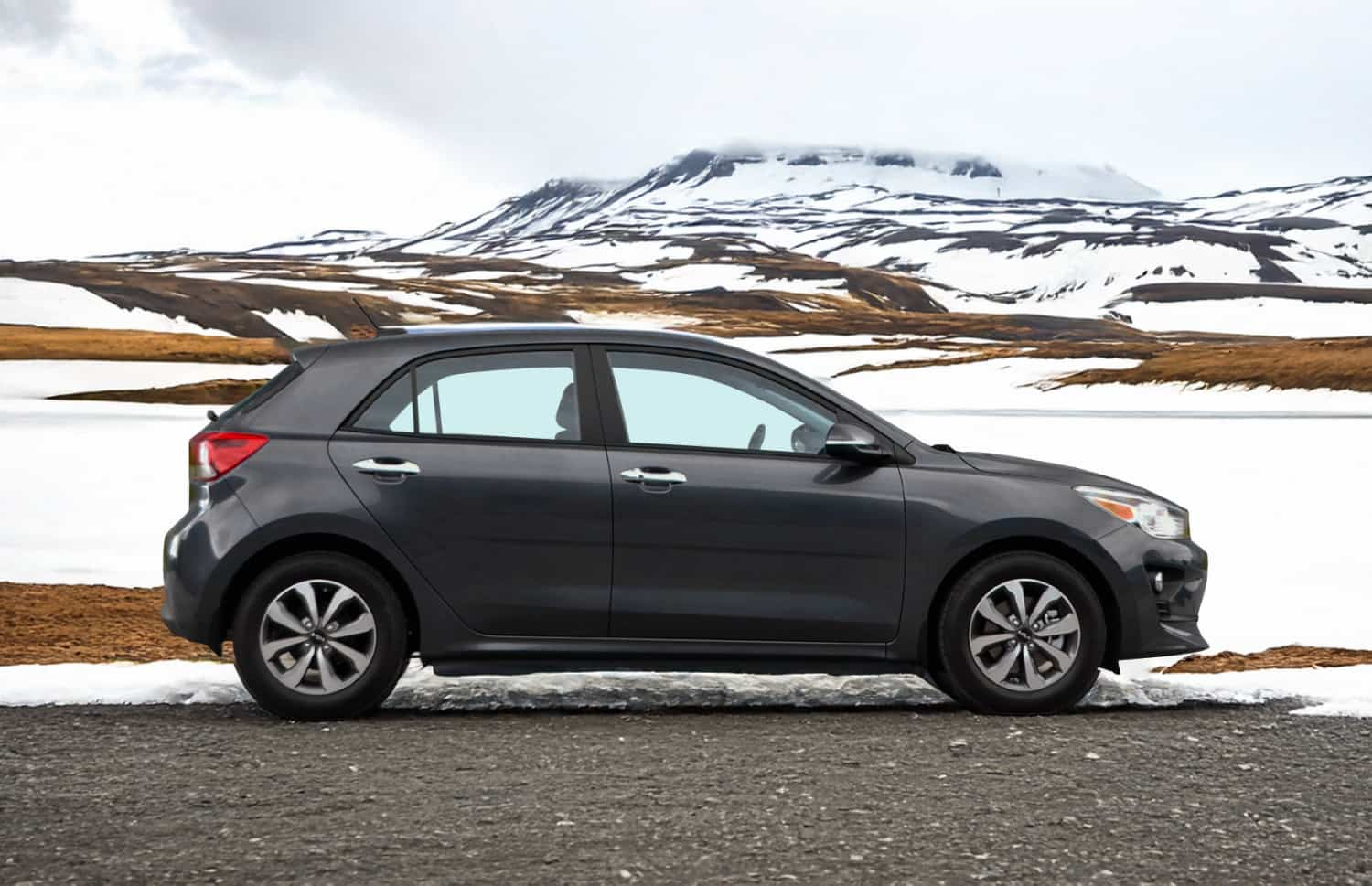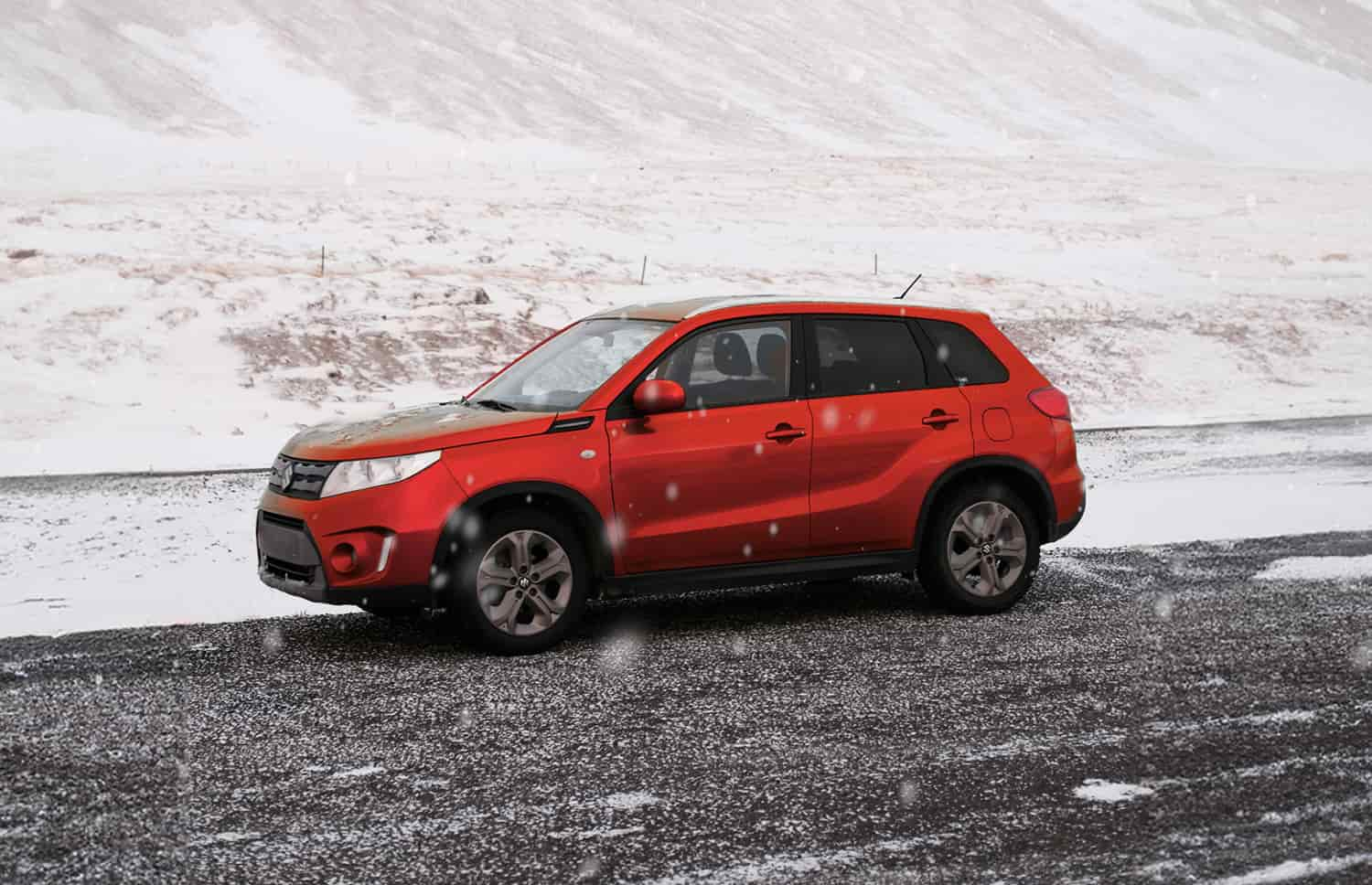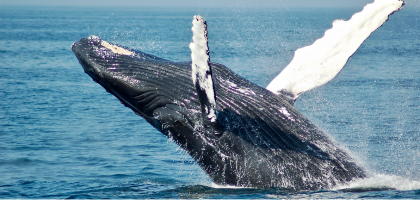The majority of Iceland’s land mammals were introduced by humans, except for one species: the Arctic Fox. This is the only native land mammal, and the species has adapted remarkably well to the landscape.
Domestic animals in Iceland — such as cows, horses, and sheep — have had to become resilient to survive the island's winters and lava fields. With Icelandic sheep, there are more than twice as many sheep as people in the Land of Fire and Ice, making them a significant part of Icelandic culture.
The Icelandic Sheep Breed
There are around 800,000 sheep in Iceland — that’s about 2.2 sheep for every resident. Let’s get to know these resilient animals that are as much a part of Iceland’s identity as the Icelandic people!
Since the arrival of Viking settlers in the ninth century, sheep have been crucial to Iceland’s survival. The Northern European short-tailed sheep, brought by settlers, remains the only sheep breed in Iceland today. The breed has diverged in isolation, and importation is illegal to protect their purity and vulnerability to disease. The Icelandic sheep is one of the purest breeds in the world.
Their wool is predominantly white, though black, brown, and grey sheep are also common. These sheep have short legs, and both males and females generally have horns. Ewes weigh around 68-72 kg (150-160 pounds), while rams weigh about 90-100 kg (200-220 pounds).
Icelandic ewes typically give birth to two lambs, though triplets aren’t uncommon. Given that they can start birthing as early as one year old, they’re a prolific species. With their double-coated fleece, these sheep are well-suited to Iceland’s cold and unpredictable weather, and they navigate the island's rugged lava terrain with ease.
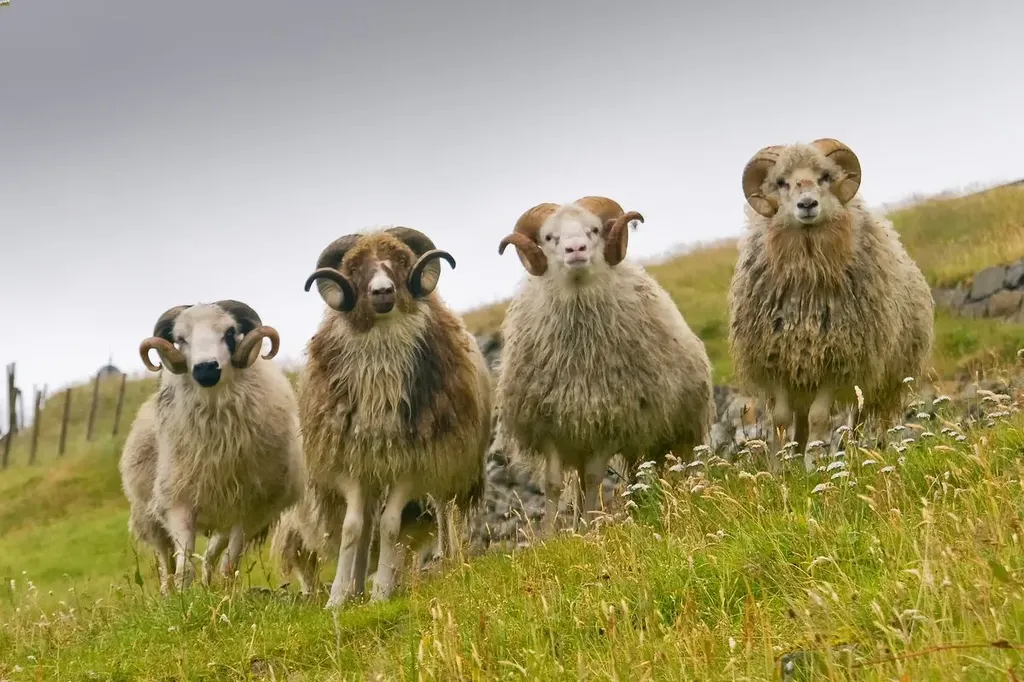
Do Icelandic Sheep Need to Be Sheared?
Technically, no, as Icelandic sheep naturally shed their wool at the end of winter. However, for wool production, they are sheared twice a year, in spring (February-April) and autumn (October-November).
The annual sheep round-up, or Réttir, occurs in September when sheep are gathered from the hills. They’re sorted by earmarks so each farmer can reclaim their flock. Sheep not destined for slaughter spend winter in barns, returning to graze with their lambs in the wild come spring.
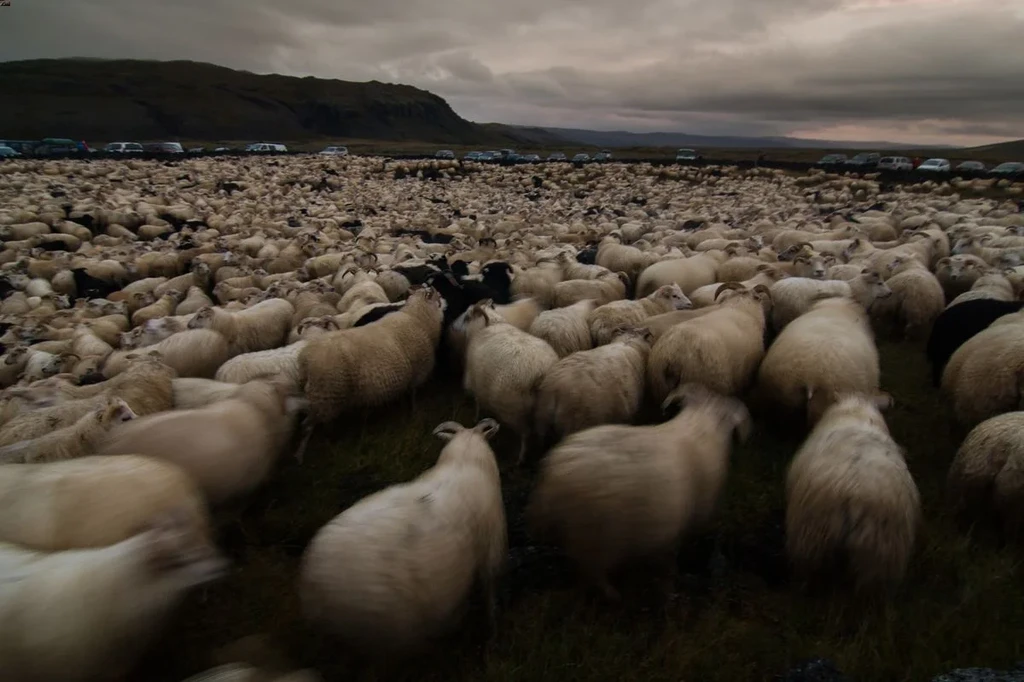
What Are Icelandic Sheep Used For?
Meat
Originally milk producers, Icelandic sheep are now primarily raised for meat, which accounts for about 80% of the income from sheep farming. Icelandic lamb is pasture-fed and free-ranging, making it highly sustainable.
Lambs, typically weighing around 30-40 kg (65-90 pounds) by 4-5 months, are slaughtered, and their meat is sold across Iceland. Icelandic lamb is commonly eaten, especially in kjötsúpa, a traditional meat soup made with lamb and root vegetables.
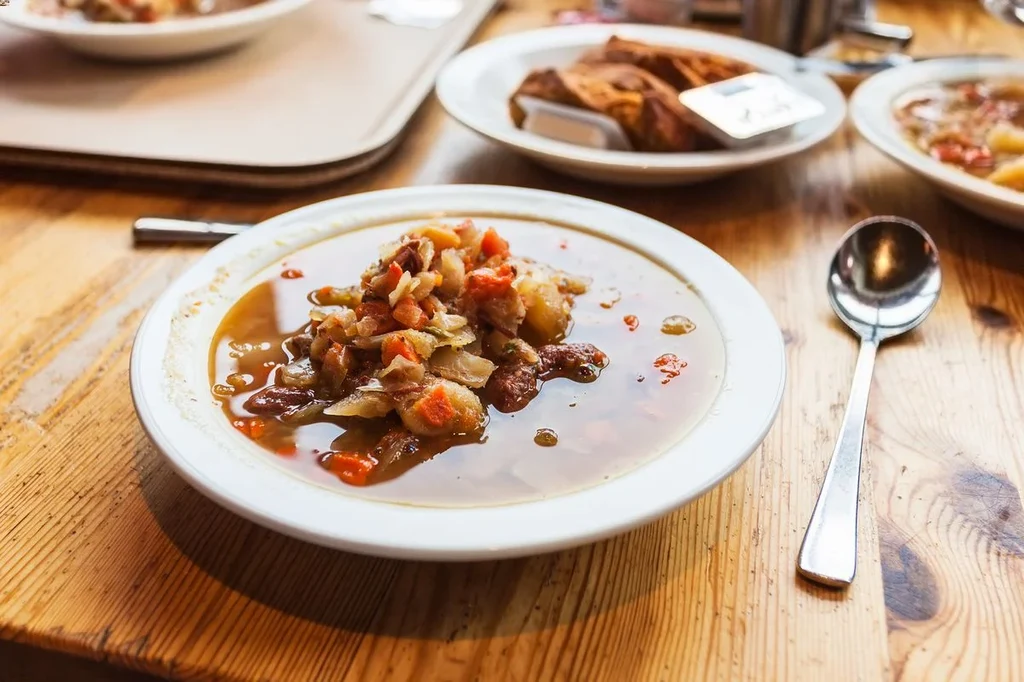
Icelandic Sheep Wool
Another primary use of Icelandic sheep is for their high-quality wool, which is made into clothing like the iconic lopapeysa (Icelandic sweater). These sweaters are made from dyed wool, offering excellent warmth.
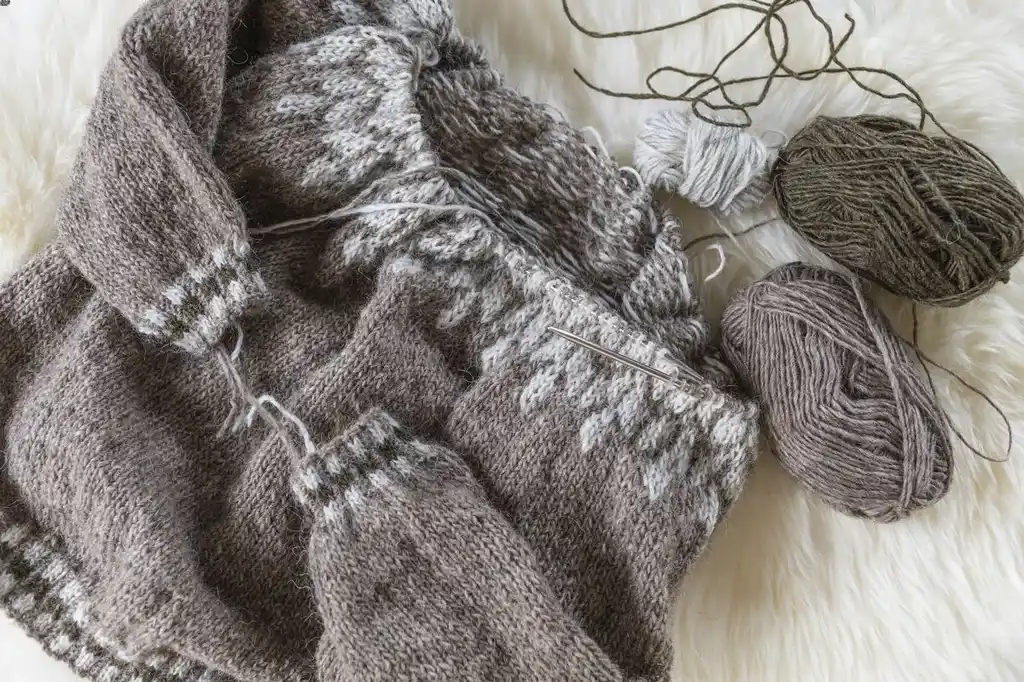
Foreign Exports
Icelandic lamb and wool are not only consumed locally. Export demand for Icelandic lamb has grown in recent years, with countries like China importing Icelandic lamb for its high quality.
Beware of the Sheep
Since Icelandic sheep roam free much of the year, they can be found near roads. If you encounter them on Iceland’s Route 1, approach slowly and beep your horn — they’ll move, albeit at their own pace.
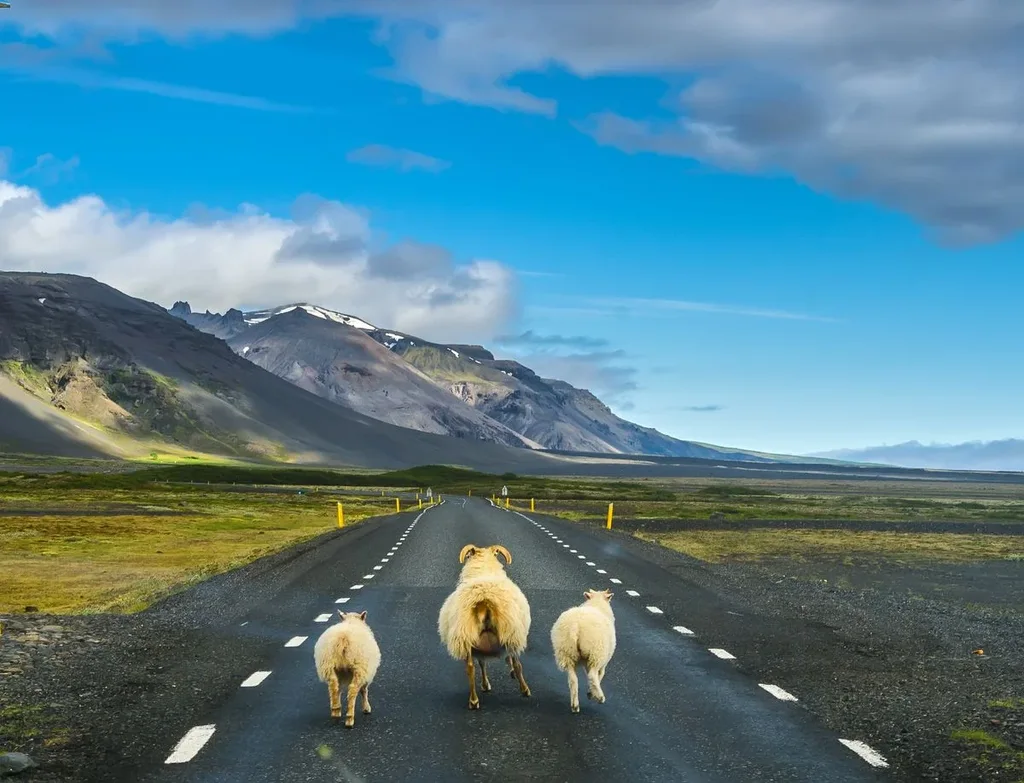
A Staple of the Icelandic Countryside
For centuries, Icelandic sheep have been integral to Iceland’s survival. With no natural predators and their ability to adapt, these sheep would have flourished regardless. Icelanders, however, wouldn’t have survived without these woolly animals, which continue to hold cultural and economic importance today.




